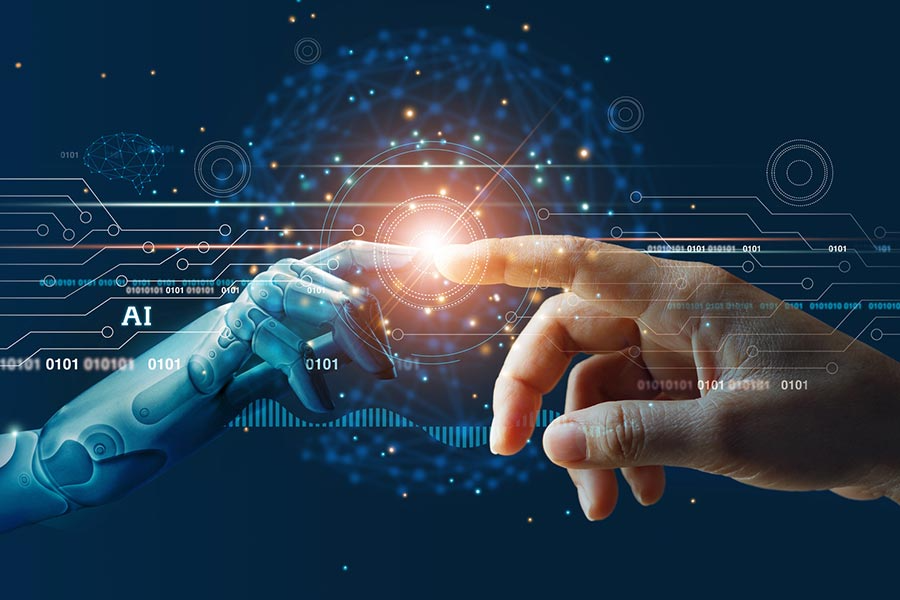1)INTRODUCTION
Machine learning, a branch of artificial intelligence, enables software applications to improve their predictive accuracy without the need for explicit programming. By analyzing historical data, machine learning algorithms can generate new output values.


How it works?
Machine learning works by feeding large amounts of data into an algorithm and letting the algorithm learn from the patterns in the data. The algorithm uses statistical models to analyze the data and identify patterns, and then uses those patterns to make predictions or decisions on new data.

Where it works?
Machine learning can be used to solve a wide range of problems, including image and speech recognition, natural language processing, fraud detections, and recommendation systems. It is also used in various industries such as healthcare, finance, and e-commerce to improve decision-making processes and automate tasks.

Supervised Learning:
In supervised learning, the algorithm is trained on a label dataset, where the input data and corresponding output data are provided. The algorithm learns to make predictions by generalizing from the labeled examples. It aims to minimize the difference between its predictions and the actual output. Examples of supervised learning include image classification, speech recognition, and fraud detection.
Unsupervised Learning:
In unsupervised learning, the algorithm is trained on an unlabeled dataset, where the input data is provided, but the corresponding output data is not. The algorithm learns to find patterns or structures in the data by clustering or grouping similar data points together. It aims to find hidden patterns or relationships in the data. Examples of unsupervised learning include customer segmentation, anomaly detection, and dimensionality reduction.
Reinforcement learning:
In this type of learning, the algorithm learns by interacting with an environment and receiving feedback in the form of rewards or punishments. The algorithm learns to take actions that maximize the reward it receives over time
There are also some other sub-types of machine learning, such as semi-supervised learning (a combination of supervised and unsupervised learning),transfer learning (where knowledge learned from one task is applied to another), and deep learning (a type of machine learning that uses artificial neural networks to learn hierarchical representations of data).